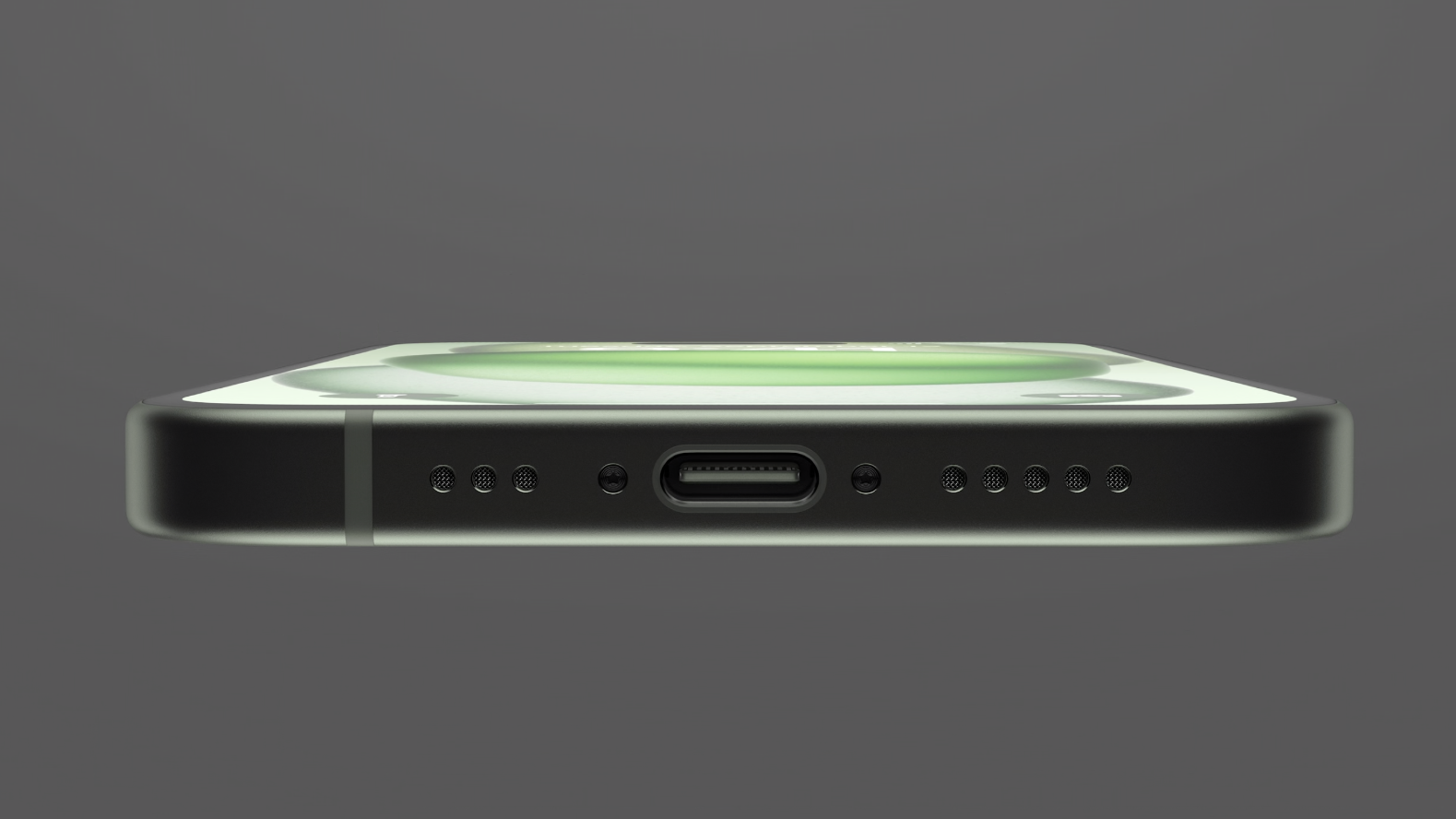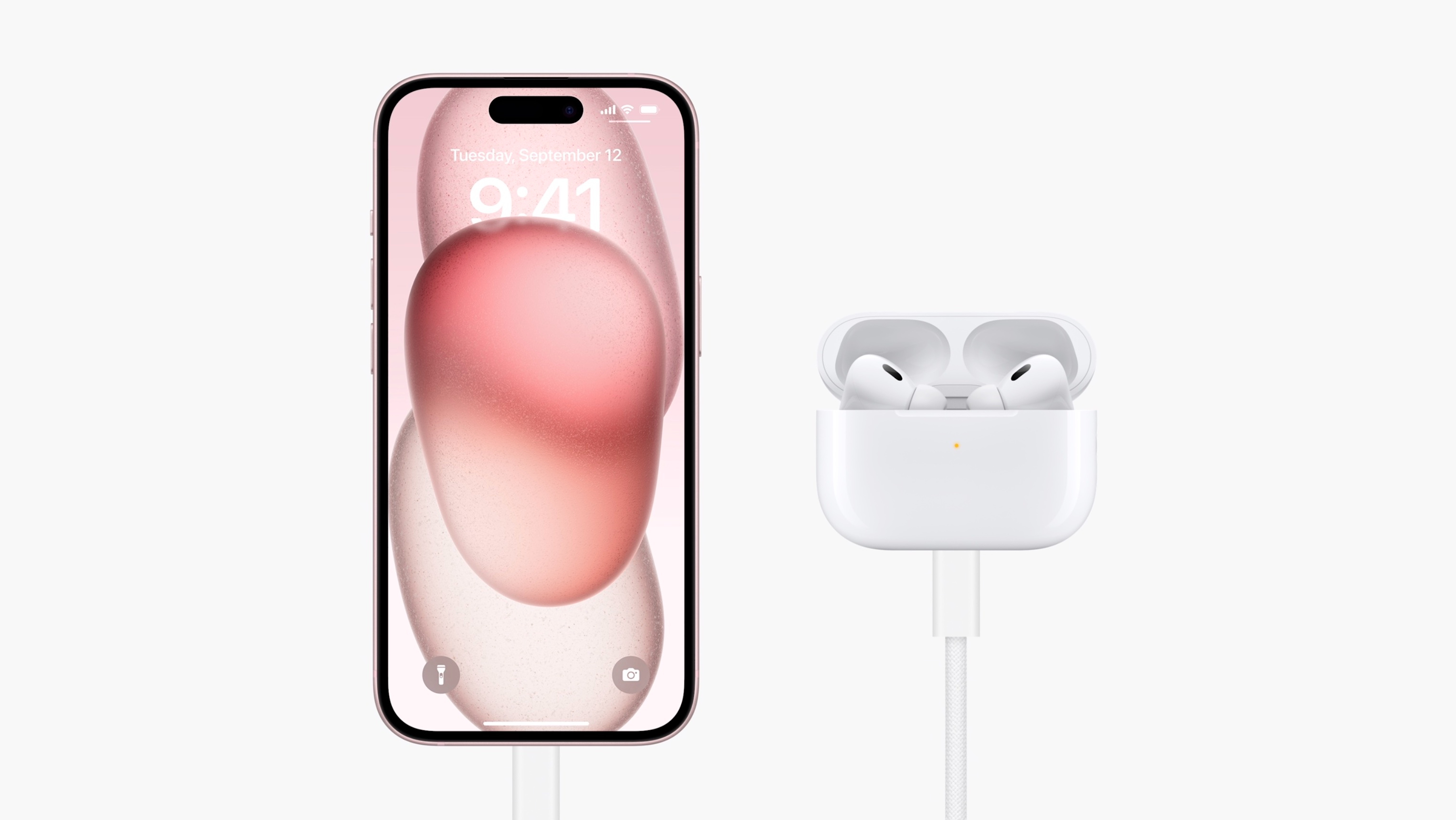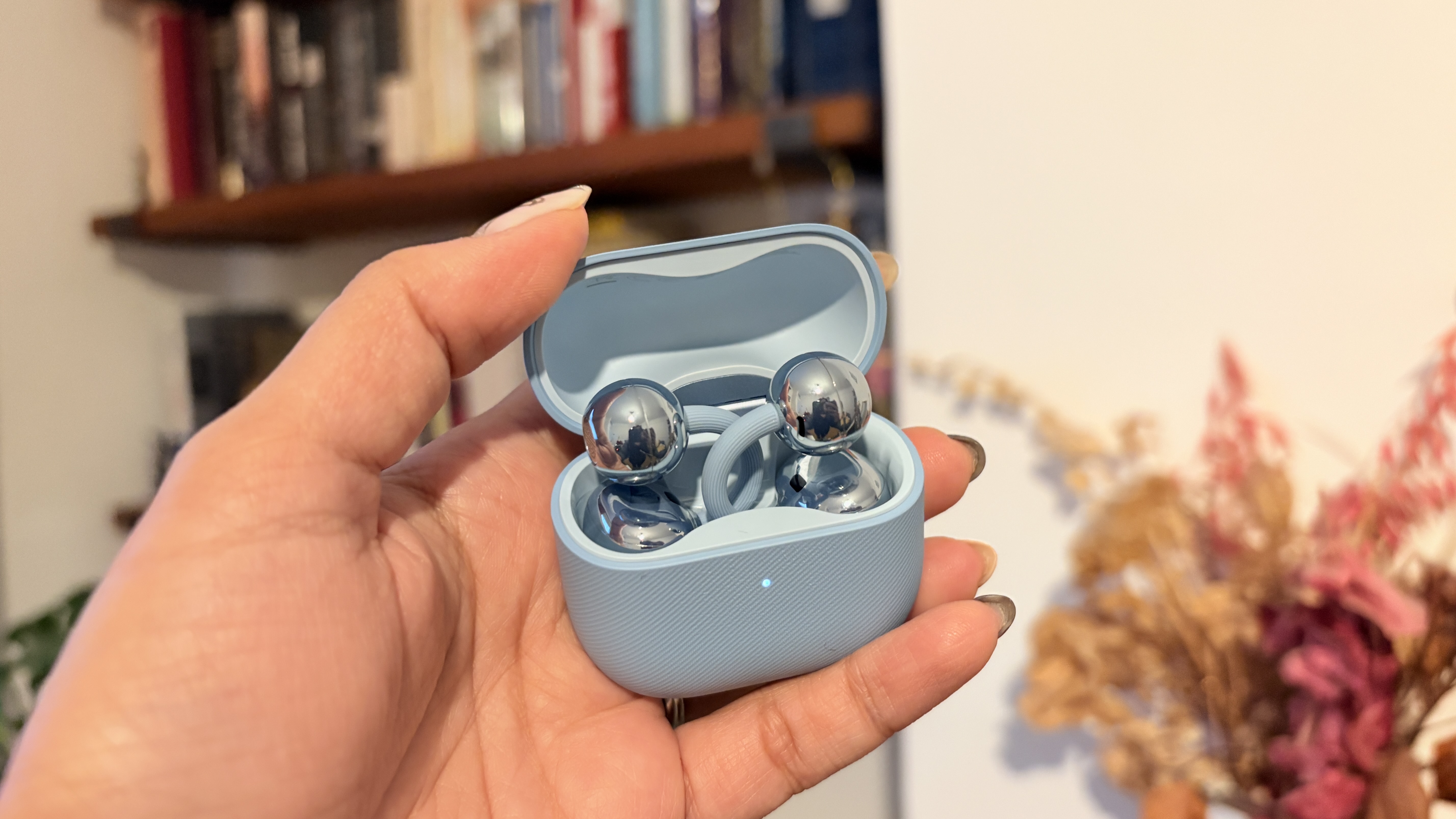The iPhone 15 has USB-C, but is it the hi-res audio upgrade we've all been waiting for?
Fewer blocks to better audio, potentially...

Well, it's official. The worst-kept secret of the iPhone 15 launch event has been confirmed: Apple will finally be ditching its Lightning connector in favour of the more widespread USB-C connection.
After months of speculation and all-but-confirmed-rumours from Bloomberg's Mark Gurman, Apple's adoption of USB-C in both the new iPhone 15 and iPhone 15 Pro and AirPods Pro 2 earbuds' charging case has been announced and the new models will be in your hands come 22nd September, when all three products will go on sale.

While this is the least surprising update, its inclusion in the new iPhones does have implications for both music lovers and audio brands. Because as much as we like wireless earbuds, they still don't quite compare to a pair of great wired headphones. But to use wired headphones – and get higher quality audio – with the iPhone, you'll need an external DAC.
The iPhone 15's new USB-C connection should offer practical advantages such as faster speeds when it comes to charging and data transfers, but we're more concerned with the prospect of an easier path (i.e. the need for fewer adapters) when it comes to using wired headphones and/or DACs to boost our smartphone listening. It's not just a question of better audio, it's a matter of convenience, and a path to getting more people to enjoy better quality audio overall. And with the removal of the Lightning connector, that path just became easier.
If you're one of the many people who use an iPhone as your main music listening source and want better audio quality than what you're getting over Bluetooth (which only supports basic AAC codec), then a portable DAC/headphone amp – such as a neat dongle form like the iFi Go Link or the Astell & Kern HC3 – is a sure-fire way to boost the audio quality when using a pair of good ol' fashioned wired headphones. It's also the only way to even listen to hi-res tunes on your iPhone.
We've previously documented just how much of a faff it is trying to play hi-res audio on an iPhone, especially with having to use the Apple's additional Lightning-to-USB camera adapter when wanting to use any external DAC, which usually has a USB-A or USB-C output. Many brands like A&K and iFi do offer an extra Lightning adapter bundled into the box, but isn't it so much neater and simpler with just the one USB-C cable?
With the new iPhone 15s, you don't have to worry about whether you have the correct adapter (or even have to buy a separate one), as the DAC's USB-C connector can directly slot into the USB-C-toting phone.
The latest hi-fi, home cinema and tech news, reviews, buying advice and deals, direct to your inbox.
This is still admittedly less convenient than if Apple's iPhone and AirPods Pro simply supported a higher-quality codec that let you listen to Apple Music's huge catalogue in 24-bit lossless audio quality wirelessly. And while we'd love for Apple to improve the quality and file limit of its own internal DAC and output stage (it's limited to 24-bit/48kHz) to make hi-res audio listening worthwhile without the need for extra kit, the good news is that even budget USB DACs (like the £59 / $59 / AU$99 iFi Go Link) will handle hi-res audio and offer better sound quality to your wired headphones than the iPhone's current internal DAC will.
We know there's an appetite for users to listen to their digital library this way. If negating the need for extra adapters means that the adoption of using external DACs – and even the curiosity of achieving higher-quality audio – is all the more convenient and easy to do from the get-go, then it's a step in the right direction.

Another interesting bit of news from the launch is that the basic wired Apple EarPods with Lightning connector will also be updated with a USB-C connection. That means you can directly plug a pair of wired EarPods straight into your new iPhone 15 – remember when using wired headphones with your phone was that easy?
There is an issue, however. The wired Apple EarPods aren't exactly bastions of sound quality. We gave them three stars in our review from 2016 when we tested them at £29 – the EarPods now a more appropriate £19. While we praised their clarity with voices and overall solid, weighty sound, they fell behind when it came to a bloaty bass, poor timing and less detail and dynamics than a pair of far more capable SoundMagic E10C.
If the EarPods didn't sound great with the Lightning connection, will they be any different with USB-C? It's hard to give a definitive answer, but we'd wager a bigger overhaul with the EarPods' drivers and acoustic architecture – perhaps inspired by the performance leaps made with the excellent AirPods Pro 2 and AirPods 3 – will offer that much-needed jump up in audio quality over a mere change in cable connection.
The inclusion of USB-C itself won't necessarily offer a step-up in audio quality, but it should make it easier to connect existing products that are able to boost your iPhone's audio quality – at least until Apple's ecosystem fully embraces hi-res audio itself.
MORE:
The Apple AirPods Pro 2 are finally getting USB-C – but not a lot else
There's one huge audio announcement that Apple didn't mention at the iPhone 15 launch
Apple officially unveils the iPhone 15 and 15 Pro, both with dynamic island and USB-C
The AirPods Max 2 were a no-show at the iPhone 15 launch – and that's a massive shame

Kashfia is the Hi-Fi and Audio Editor of What Hi-Fi? and first joined the brand 13 years ago. During her time in the consumer tech industry, she has reviewed hundreds of products (including speakers, amplifiers, turntables and headphones), been to countless trade shows across the world and fallen in love with hi-fi kit much bigger than her. In her spare time, Kash can be found tending to an ever-growing houseplant collection and shooing her cat Jolene away from spinning records.
